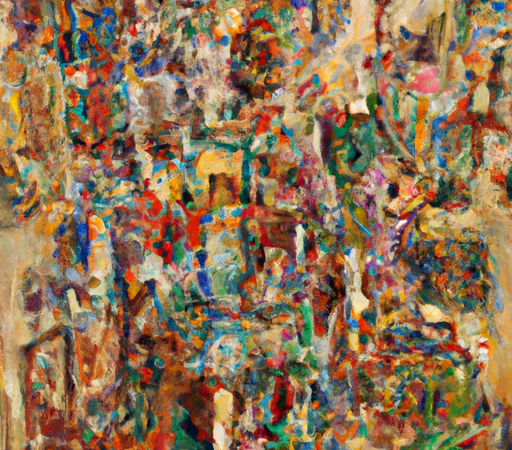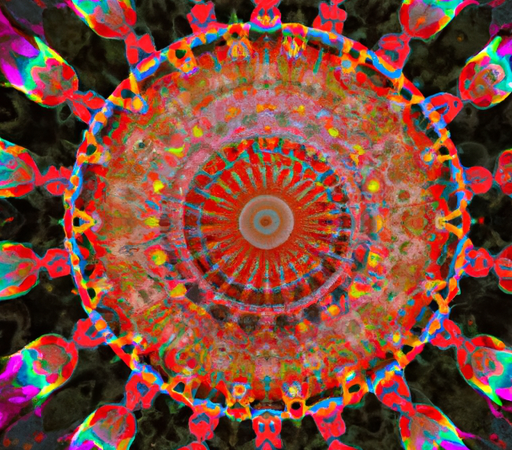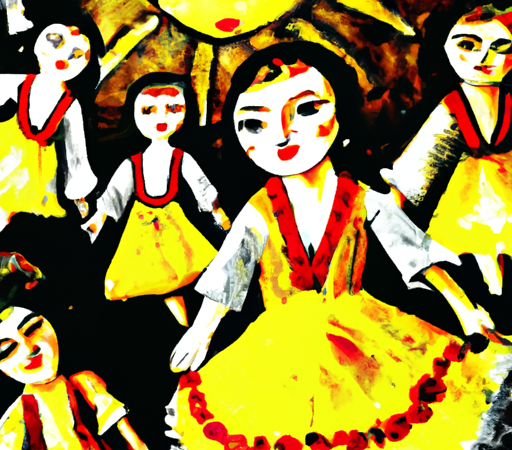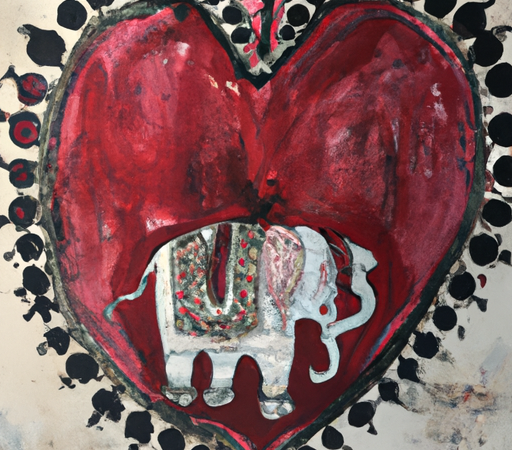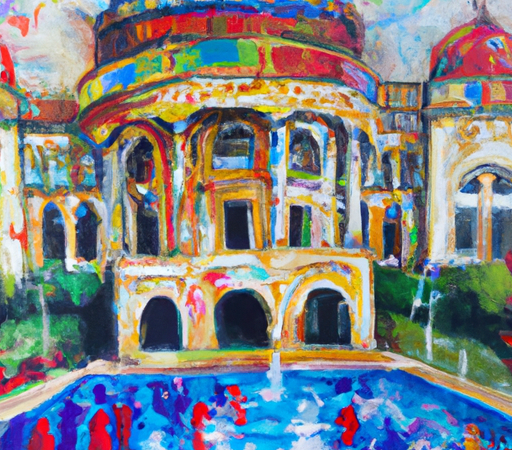Art Through the Ages: Tracing the Evolution of Iconic Masterpieces
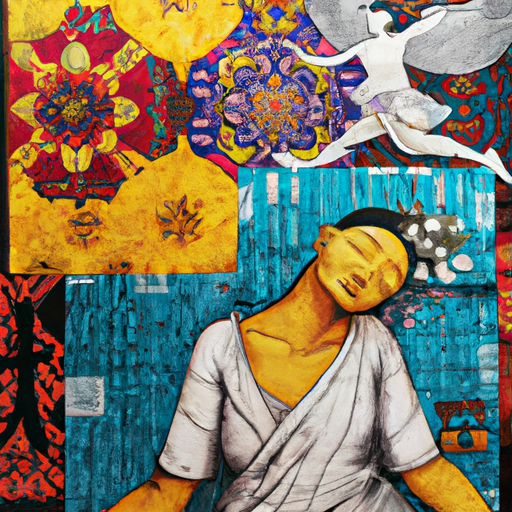
Art Through the Ages: Tracing the Evolution of Iconic Masterpieces
Throughout history, art has provided a window into the cultural, societal, and artistic values of different periods. From ancient cave paintings to contemporary installations, each era has left its mark on the art world, giving birth to iconic masterpieces that still captivate audiences and inspire generations to come. Let us embark on a journey through time, tracing the evolution of these timeless works of art.
Ancient Art: From Paleolithic to Classical
The story of art begins with our prehistoric ancestors, who used cave walls as their canvas, depicting everyday life, animals, and rituals through crude but captivating drawings. These primitive works offer glimpses into the beliefs and customs of these early humans, reminding us of our shared past.
As civilization advanced, ancient Mesopotamia and Egypt witnessed the rise of monumental sculptures and intricate hieroglyphics. The grandeur of the ziggurats and the sublime beauty of artworks such as the Great Sphinx and the iconic bust of Nefertiti showcased the mastery and reverence of ancient civilizations towards their gods and rulers.
The Classical period, dominated by ancient Greece and Rome, witnessed a shift in artistic expression, putting emphasis on idealized human forms. The breathtaking sculptures of the Parthenon, such as the renowned marble statue of Athena, exemplified the pursuit of perfection and harmony in art, capturing the essence of the human figure in all its glory.

Renaissance: The Rebirth of Humanism
Fast forward to the Renaissance, a period marked by a revival of interest in the classical world and a renewed focus on humanism. This era witnessed groundbreaking innovations in art, as artists like Leonardo da Vinci, Michelangelo, and Raphael sought to recreate the beauty and proportion of the past.
Leonardo's Mona Lisa captivated viewers with her enigmatic smile, while Michelangelo's Sistine Chapel ceiling depicted biblical scenes in an unprecedented grandeur. These iconic masterpieces, through their technical prowess and attention to detail, elevated art to new heights, leaving a lasting impact on the art world and inspiring countless generations of artists.
Romanticism: Emotions Unleashed
In the 18th and 19th centuries, the Romantic movement challenged the established norms of art, aiming to evoke powerful emotions and romantic sensibilities. Artists such as Francisco Goya, Eugène Delacroix, and J.M.W. Turner embraced nature's sublime beauty and explored the darker aspects of human experience.
Goya's haunting composition, "The Third of May 1808," captured the horrors of war, while Delacroix's "Liberty Leading the People" became a symbol of revolutionary spirit. These emotionally charged works acted as a catalyst for change, igniting audiences with their raw and passionate depictions.
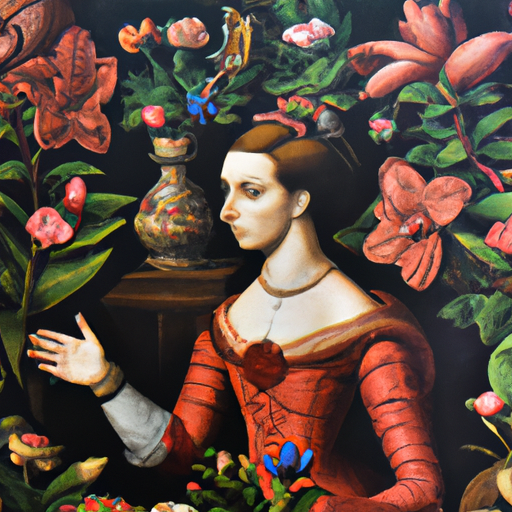
Modernism: Breaking Boundaries
The 20th century witnessed a dramatic shift in artistic expression, as artists rejected traditional techniques and boundaries. Movements like Cubism, Dadaism, Expressionism, and Surrealism shook the art world, challenging the very definition of art.
Pablo Picasso's "Les Demoiselles d'Avignon" broke with conventional forms, depicting fragmented and distorted figures in a daring new style. Salvador Dalí's surreal landscapes, like "The Persistence of Memory," defied rationality, offering a glimpse into the subconscious mind. These groundbreaking works paved the way for artistic experimentation and pushed the boundaries of what art could be.
Contemporary Art: The Unconventional and the Conceptual
Today, contemporary art encompasses a wide range of styles, techniques, and concepts. Artists like Yayoi Kusama, Banksy, and Ai Weiwei challenge traditional notions of art, using unconventional materials and pushing boundaries to provoke thought and engage with relevant societal issues.
From Kusama's mesmerizing Infinity Mirror Rooms to Banksy's thought-provoking street art, these masterpieces continue to captivate audiences, blurring the lines between art, activism, and social commentary.
As we trace the evolution of iconic masterpieces through the ages, it becomes evident that art is not only a reflection of its time but also a catalyst for change. Each era has gifted humanity with awe-inspiring creations that have stood the test of time, transcending cultural and temporal boundaries. These works serve as a testament to the enduring power of art to provoke emotions, challenge norms, and inspire generations to come.

